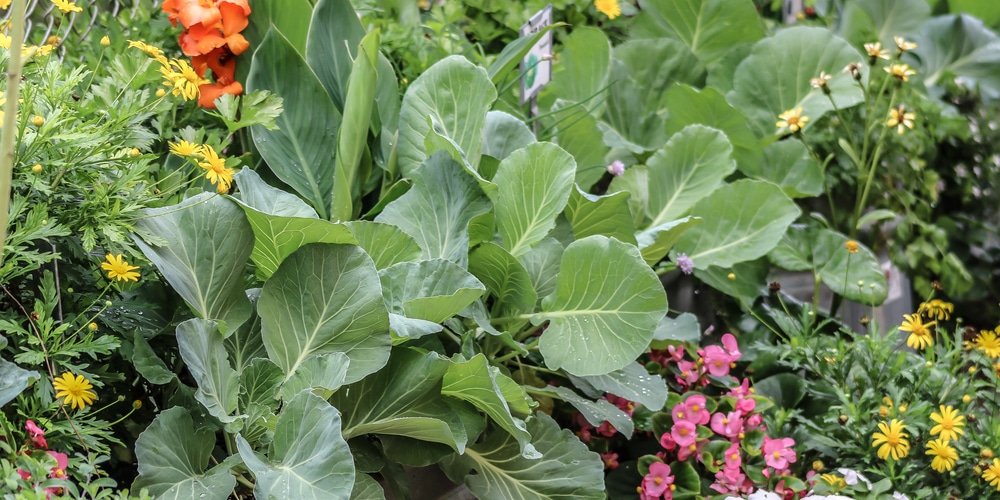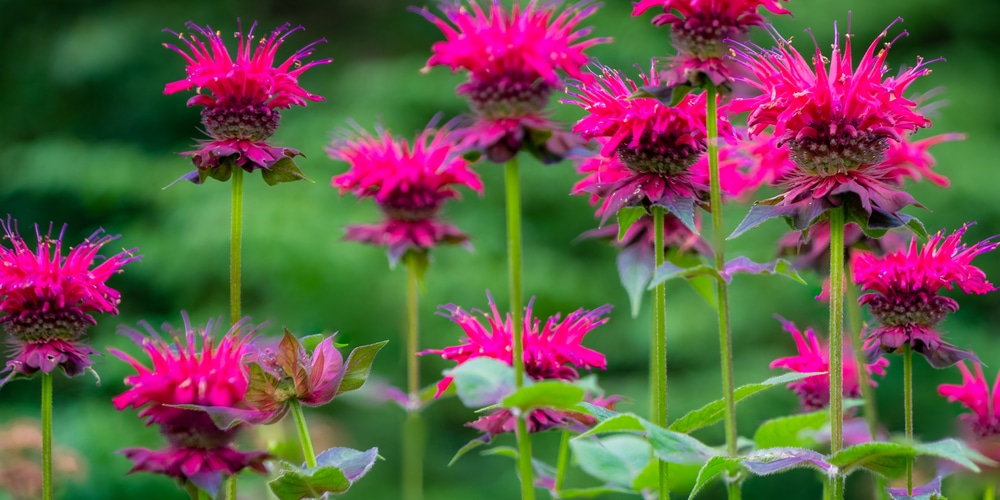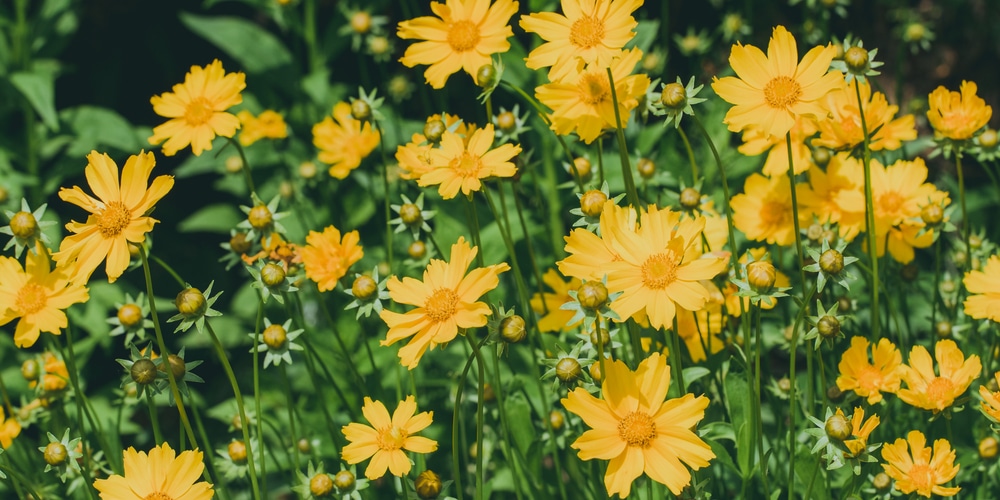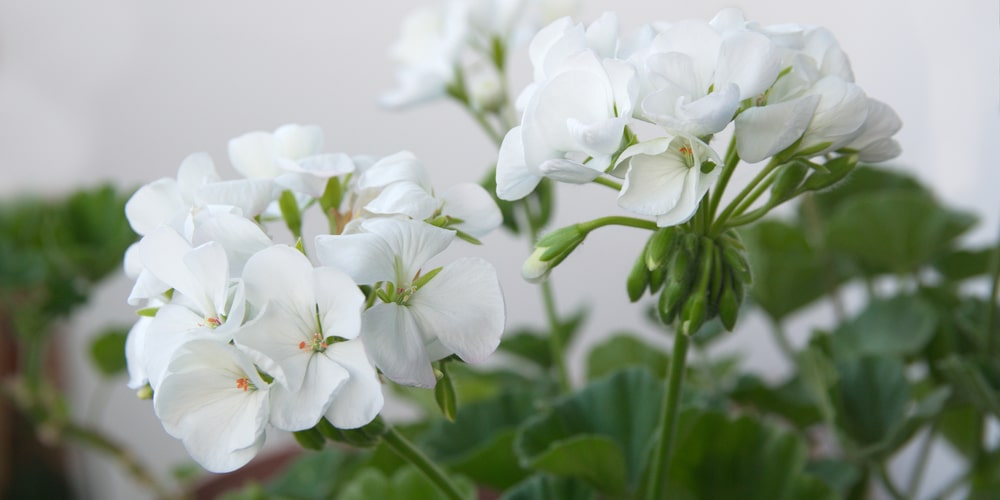Echinacea produces stunning blooms that attract beneficial pollinators to your garden and improve your outdoors aesthetics. Also known as coneflowers, echinacea is a relatively low-maintenance plant: it doesn’t need much attention from your side to thrive. Plus, these flowering plants tolerate most types of soils and can withstand drought, heat, humidity, and shade. However, even if not challenging to grow, you may want to aid your echinacea’s thriving by adding plants that can contribute to their growth. In this essential guide to echinacea companion plants, you’ll find our favorite recommendations.
The good news is that coneflowers do well with most flower species but can thrive close to vegetables and fruit trees in a mutually beneficial relationship. Keep reading to find out about the best elements to add to your garden when growing echinacea.
Butterfly Weed
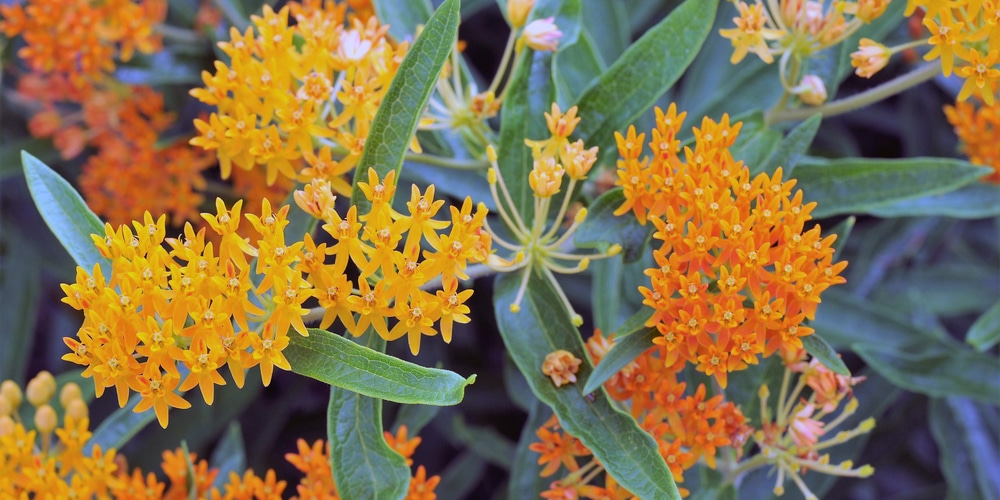
Butterfly weed plants are native to North America and have similar requirements as echinaceas. Plus, they produce stunning flowers of vivid orange, yellow, and red color during the summer, which contribute to attracting beneficial pollinators such as hummingbirds, butterflies, bees, and other insects that can prey on harmful pests that feed on both butterfly weeds and echinaceas.
Cabbage
You can grow echinacea with cabbage to improve water and nutrient retention in the soil and add some color to your bed of vegetables. The two plants benefit from each other because they have similar requirements and repel harmful pests that feed on one another.
Bee Balm
Bee balm plants grow to similar sizes as echinacea and bloom around in the early summer (as coneflowers do). Plus, this plant’s foliage produces a minty scent that can repel harmful insects and attract bees and other pollinators instead. Bee balm, like echinacea, makes for stunning cut flowers. Adding both to your garden can improve your yard’s looks during the summer months and provide you with a consistent supply of attractive flowers.
Tickseed
Tickseed takes its name from the tiny black seeds it produces. This plant attracts smaller birds such as finches and will not grow more than three feet high. Its delicate foliage can create an appealing contrast with the coarse leaves of echinacea. Additionally, both have similar nutrient requirements and seem to thrive when close to one another.
Hardy Geranium
Hardy geraniums are versatile and compact plants that make perfect companion plants to echinacea. They produce colorful flowers that range from vivid pink and blue to subdued white. Also, hardy geranium flowers have an attractive cup shape that can make your garden more lively. Planting them close to echinacea can help retain water and nutrient in the soil, as they make an excellent base plant in your garden bed.
Yarrow
For better results, you can plant your echinacea with yarrow. Their contrast in color will look beautiful. Plus, they can help each other thrive by keeping weeds and pests at bay. Yarrow thrives in dry and warm conditions and needs regular watering. Echinacea can protect it from the rays of the sun. Plus, it can improve water retention in the soil when acting as a companion to yarrow plants.
Other good companion plants include broccoli, eggplant, goldenrod, pepper, salvia, tomatoes, Brussel sprouts, and sedum. However, you may have to test what works and what doesn’t. Indeed, while there isn’t much that doesn’t pair well with coneflowers, you will still have to try which plants work better than others.
For instance, some gardeners have noticed that keeping invasive herbs like mint and oregano far from echinacea improves yields and protects their garden from invasions. Also, depending on your region, some plants might thrive, and others won’t. Also, avoid planting your echinacea behind taller vegetables like corn or tomatoes, as they might block sunlight. And without light, coneflowers will struggle to thrive.
Echinacea Companion Plants: The Bottom Line
Echinacea (or coneflower) works as a companion plant to most species. It is versatile and easy to grow. Plus, its colorful flowers attract beneficial pollinators, which contribute to making your garden more colorful and alive. If you have many vegetables in your garden, consider planting echinacea.
It is hard to find a plant that won’t grow well with echinacea. However, if you want to make the most out of the mutually beneficial relationship between companion plants, make sure you select varieties suitable to where you live.
Related Article: Bad Blueberry Companion Plants
